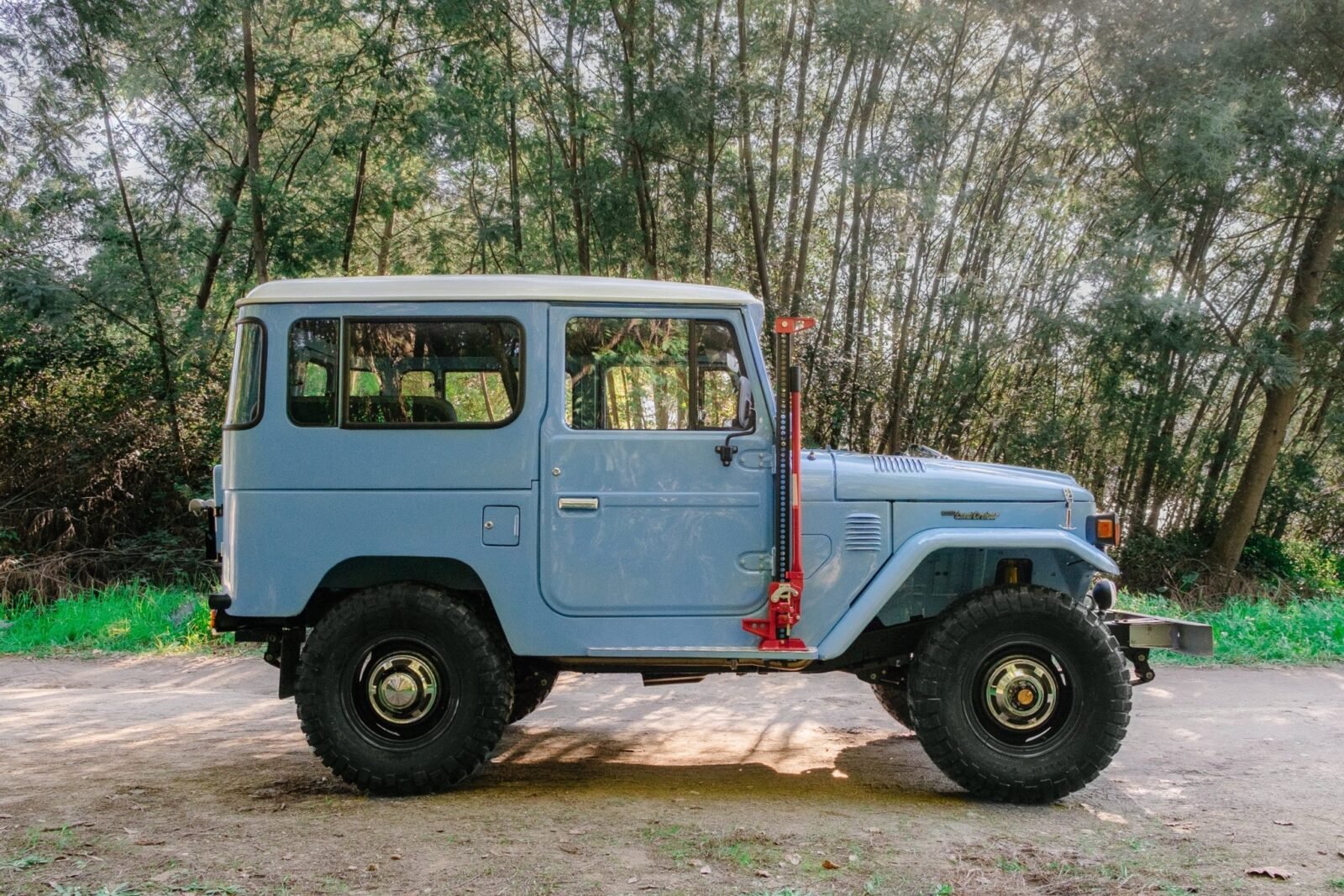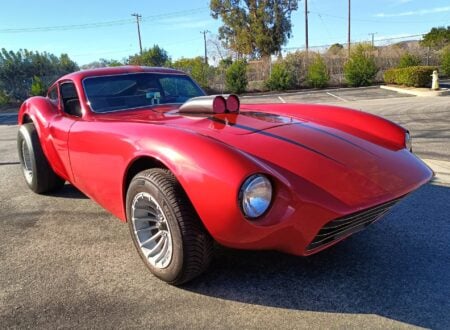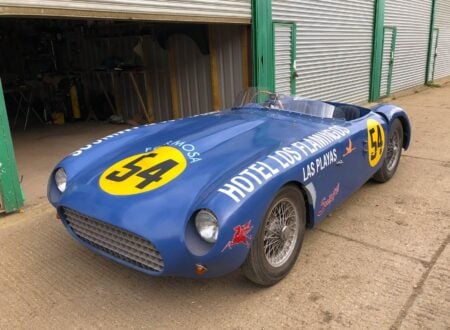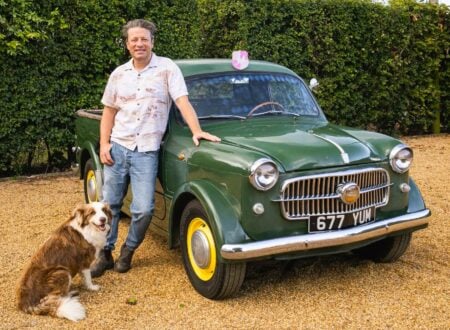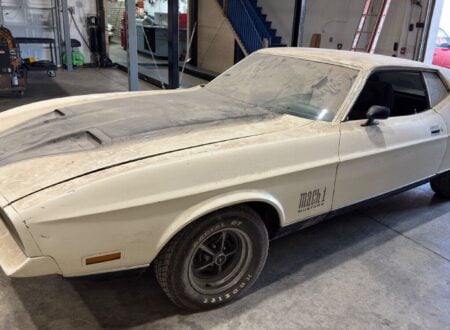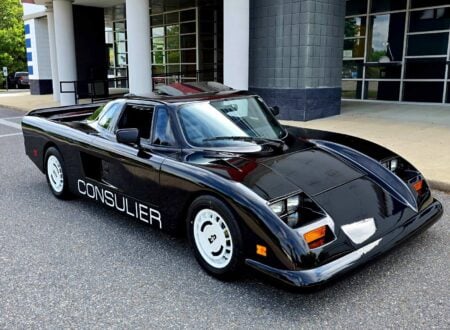Legacy Overland are headquartered in Greenwich, Connecticut, and they specialise in restoring classic 4x4s to better-than-new quality. This Land Cruiser is one of their latest builds, it’s a great example of their work and it clearly shows why restored vintage 4x4s are seeing such an uptick in interest from collectors and enthusiasts.
A SHORT HISTORY OF THE TOYOTA LAND CRUISER BJ40
Although legend has it that the original Toyota Land Cruiser was based on the American Willys Jeep it actually wasn’t quite so. During the Second World War Japanese Imperial Army soldiers found an “American Jeep” and they thought it was such an interesting vehicle that they sent it back to Japan for evaluation and possible reverse engineering. The “American Jeep” they found however was not a standard Willys Jeep as made by Willys and Ford, but was instead one of the few BRC-60 vehicles made by American Bantam.
The Japanese decided that the Bantam BRC-60 was a vehicle worthy of imitation and so they got Toyota to create a similar car. The resulting vehicle was the Toyota AK, but as Japan was being kept busy losing the war it would have to wait until the post-war period before Toyota would have the opportunity to really develop the design into the world beater it was to become.
In the post-war period the US Goverment asked Toyota to start producing Jeeps for the Korean War, and in addition to these the Japanese National Police Agency ordered hundreds of them as well.
American Jeep maker Willlys was not happy with Toyota pretty much making their Jeep and so they exerted some legal pressure with the result that Toyota decided to design their own “Jeep” and call it something else. The car they designed was a little larger than the American Willys Jeep and given a slightly different appearance. The new model was designated the BJ and it was powered by a Toyota Type B 3.4 litre six cylinder engine. The gearbox was a standard Toyota three speed which had no synchromesh, and the vehicle lacked a high/low range transfer case: the four wheel drive being part time.
By 1955 this model was further developed into the J20 and then the J30, culminating in the J40 of 1960. The J40 was the iconic Toyota Land Cruiser that would take the world by storm. It was powered by a Toyota 3.9 litre six cylinder Type F petrol engine and still had a three speed gearbox, albeit with some synchromesh, and now had a high/low range transfer case.
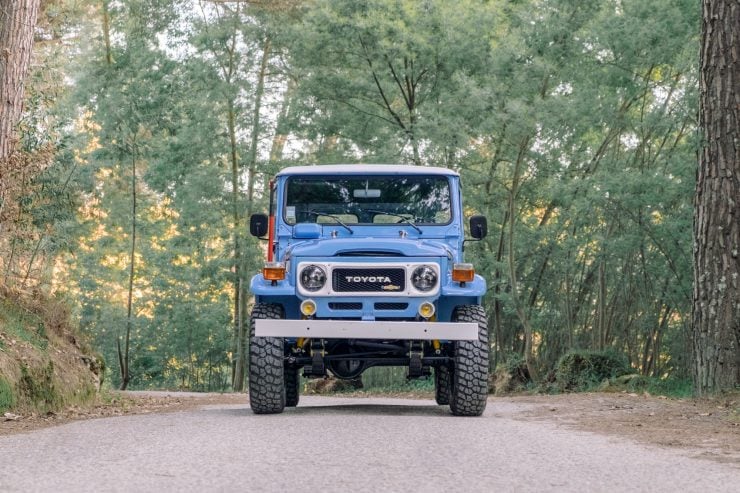
It took Toyota until 1974 before they decided to fit a suitable diesel engine in the Land Cruiser. The diesel chosen was the Type B 3.0 litre four cylinder engine which proceeded to earn itself a reputation for bullet proof reliability. The Type F petrol engine Land Cruisers were designated the FJ40, while the Type B diesel engine vehicles were the BJ40.
In 1980 Toyota also provided a larger 4.0 litre six cylinder diesel engine for the BJ40 further helping the Land Cruiser maintain its substantial market share. Land Rover were fighting back and had introduced their Series III Stage I V8 in 1979. It would be followed by the Land Rover Defender in 1983, a vehicle that would provide significant competition to the Land Cruiser, although it would never oust it from its established position.
The Legacy Overland Toyota Land Cruiser BJ40 Shown Here
The BJ40 you see here has been comprehensively restored by Legacy Overland to better-than-original condition. Every part has been either reconditioned or replaced, and the body, chassis, engine has been comprehensively restored, using new parts and paint that’ll far outlast their original counterparts.
Legacy Overland pride themselves on building highly functional vehicles meant to be driven, not used as museum artifacts or show ponies. This BJ40 has handcrafted, saddle stitched genuine leather seats, diamond-stitched alcantara headliner and sun visors, BF Goodrich All Terrain A/T tires on original wheels, a color-coded jerry can on the rear, and a retro-styled, Bluetooth-enabled sound system. There’s also a Hi-lift jack mounted in front of the passenger door for when you get yourself stuck.
If you’d like to see more from Legacy Overland you can click below to visit their website.
Visit Legacy Overland here – or follow them on Facebook – Twitter – Instagram – YouTube – Pinterest
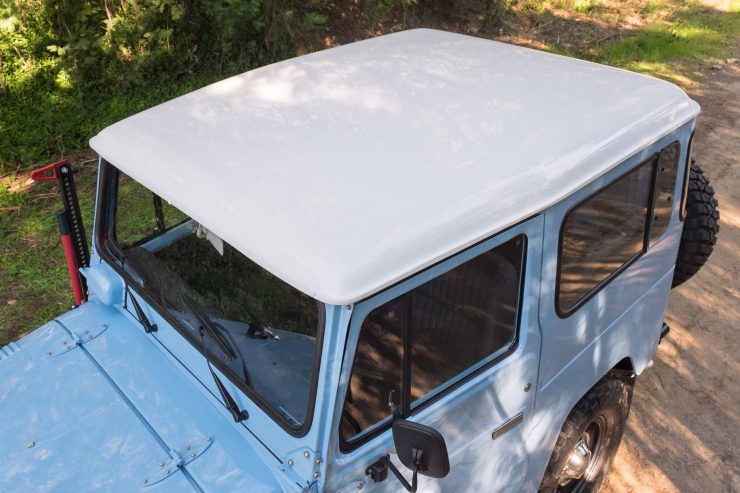
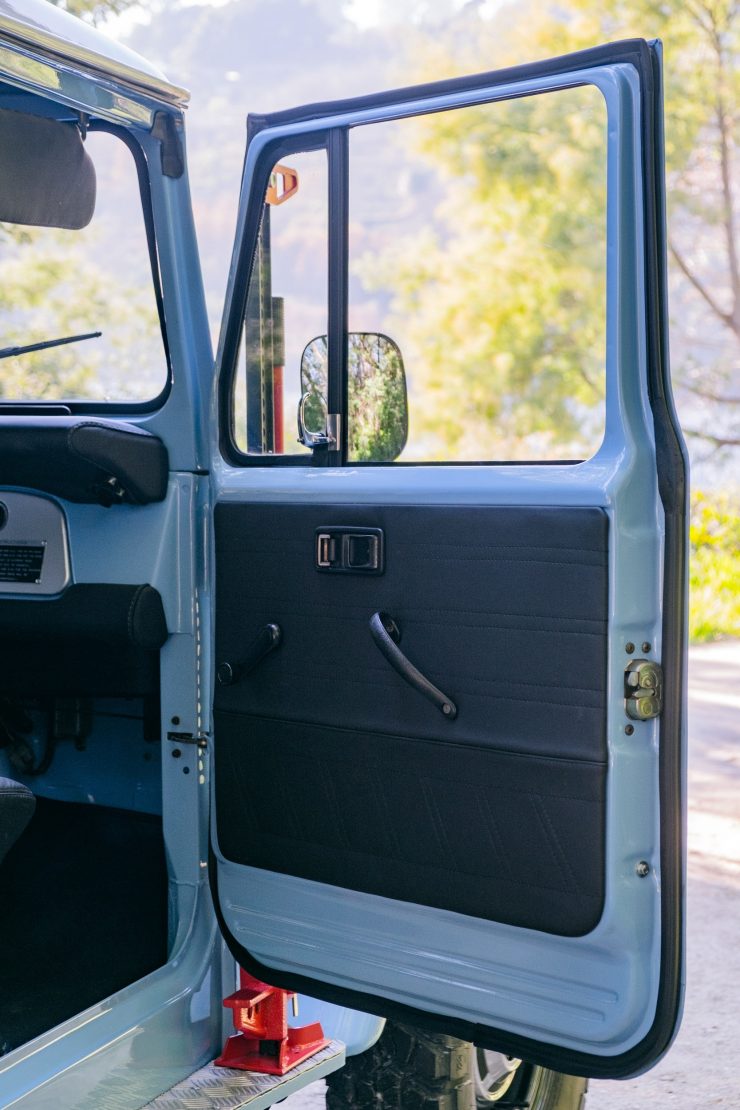
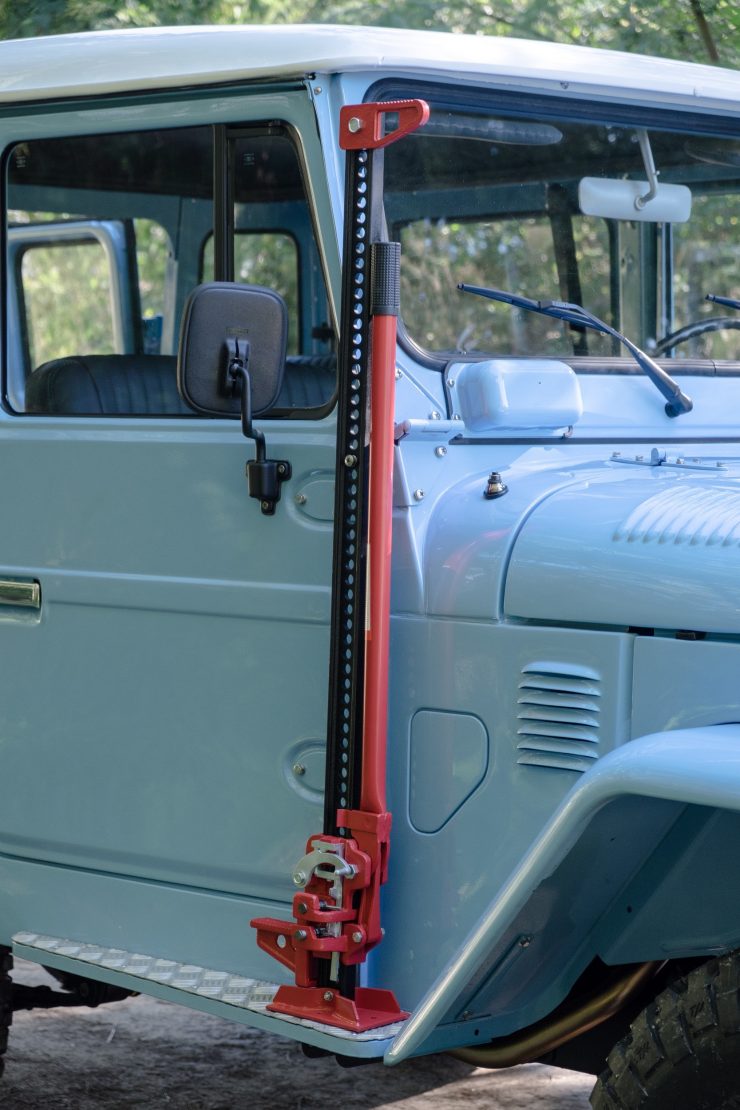
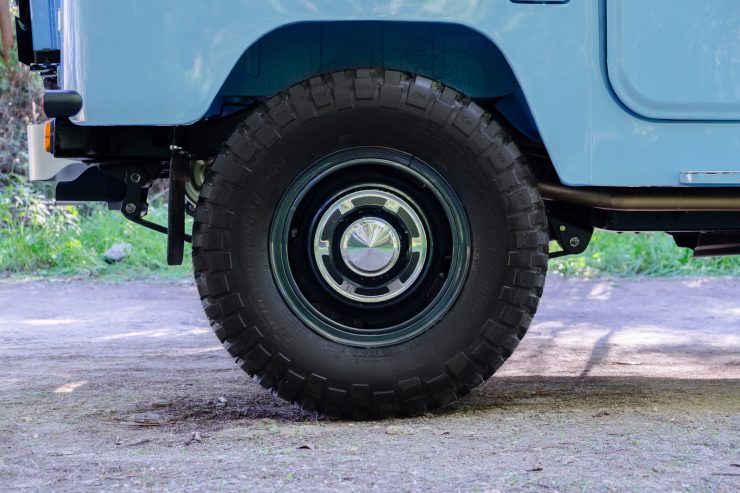
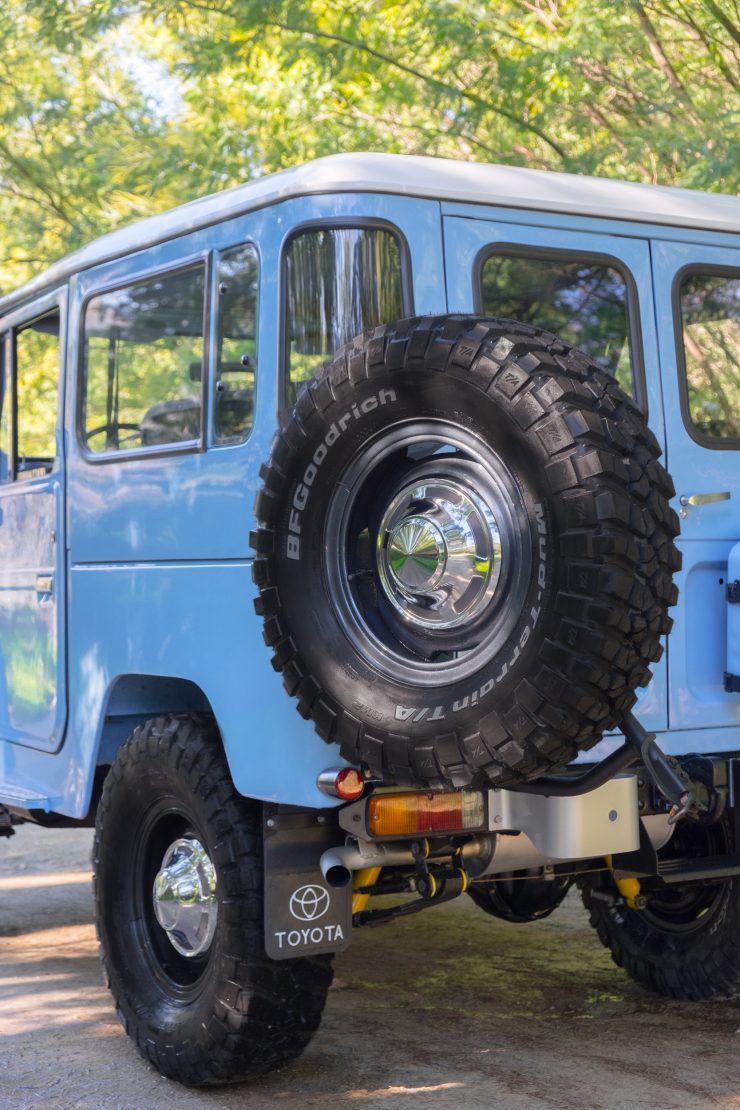
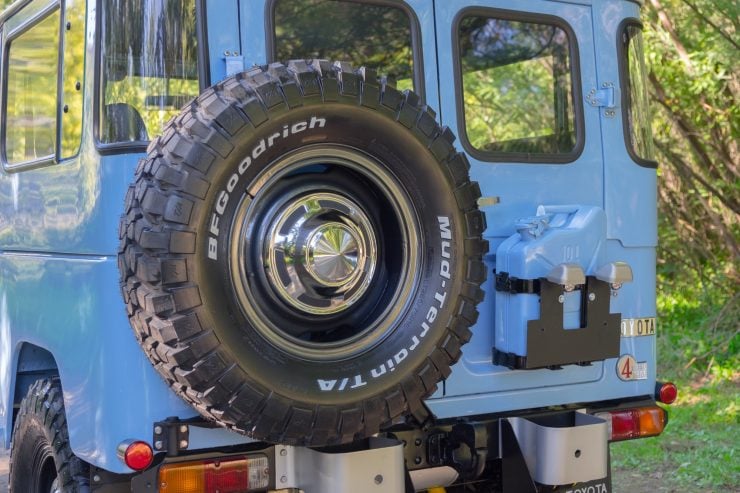
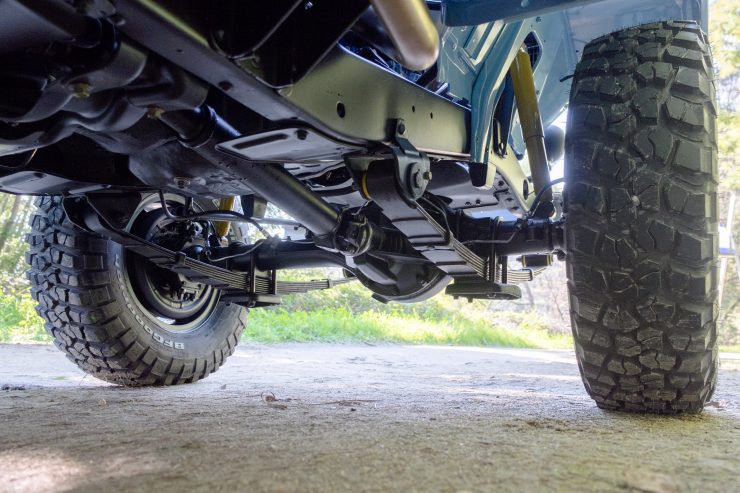
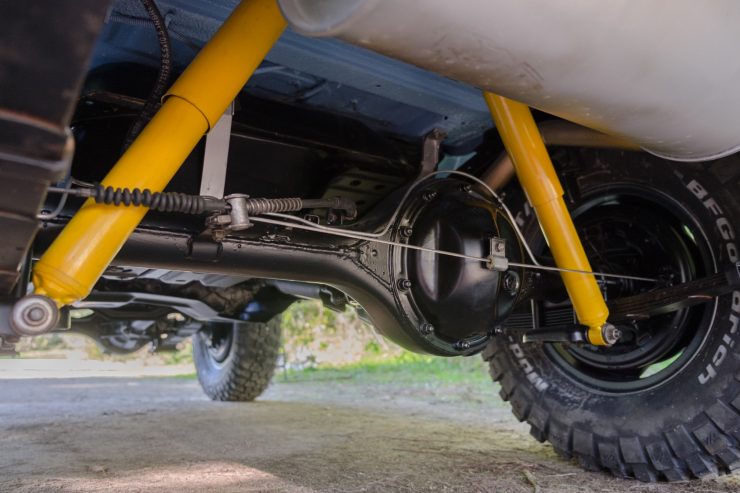
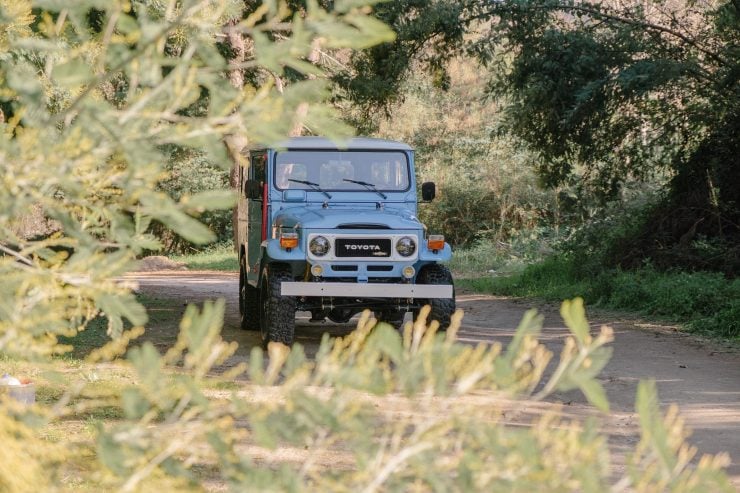
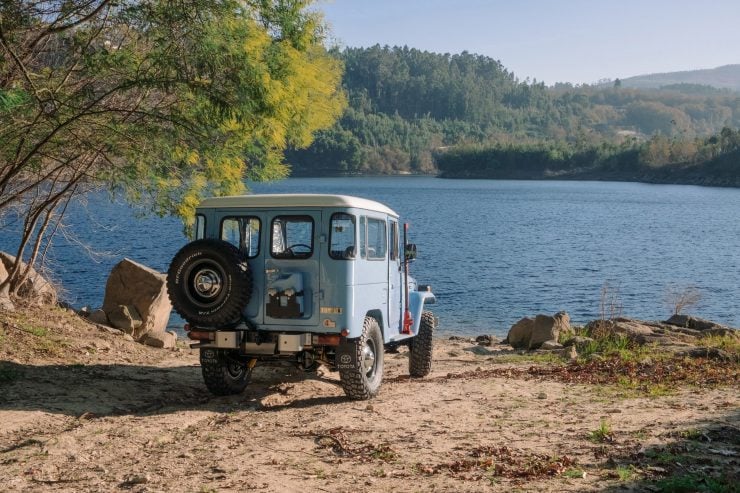
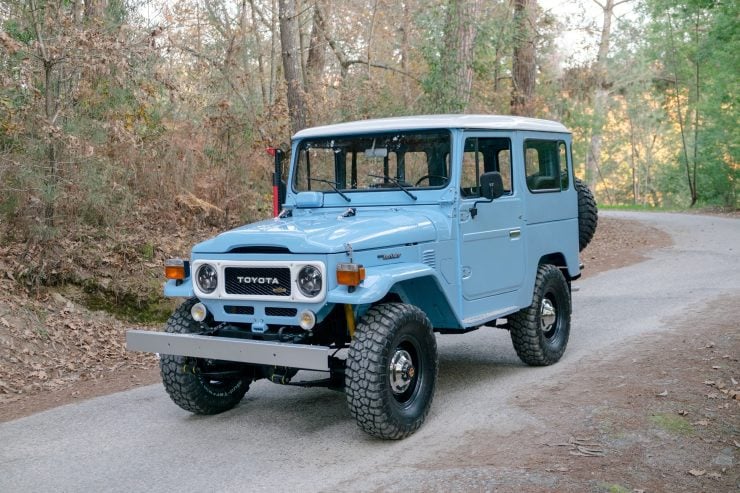
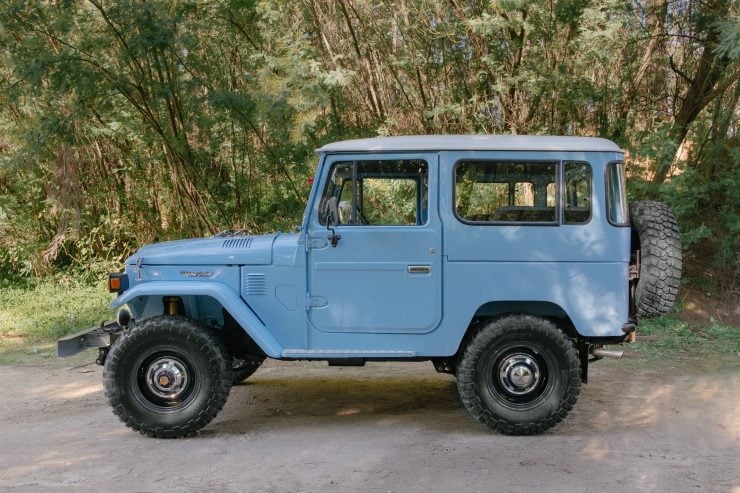
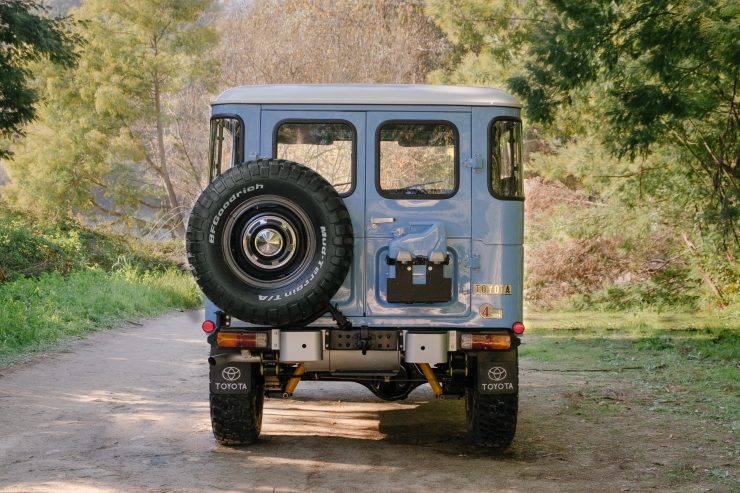
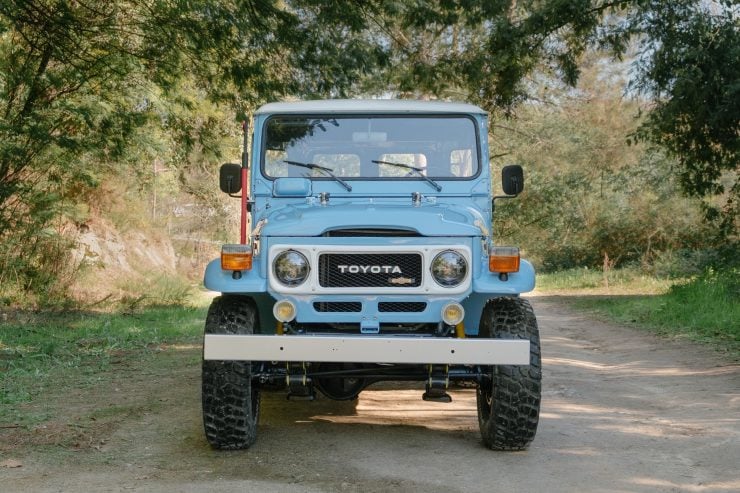

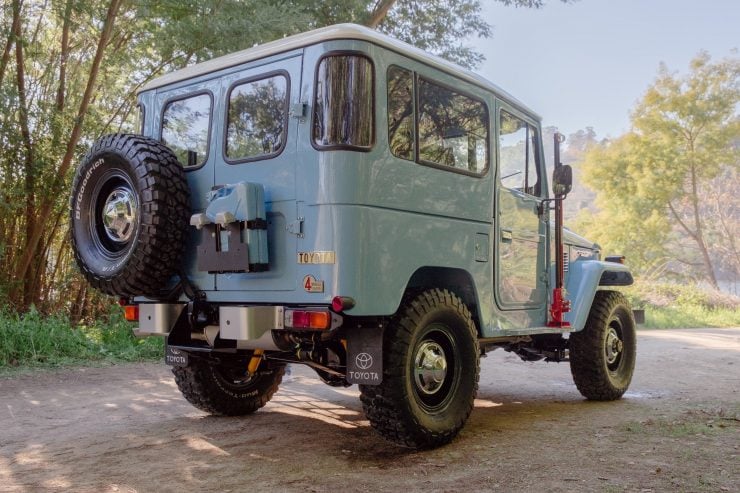
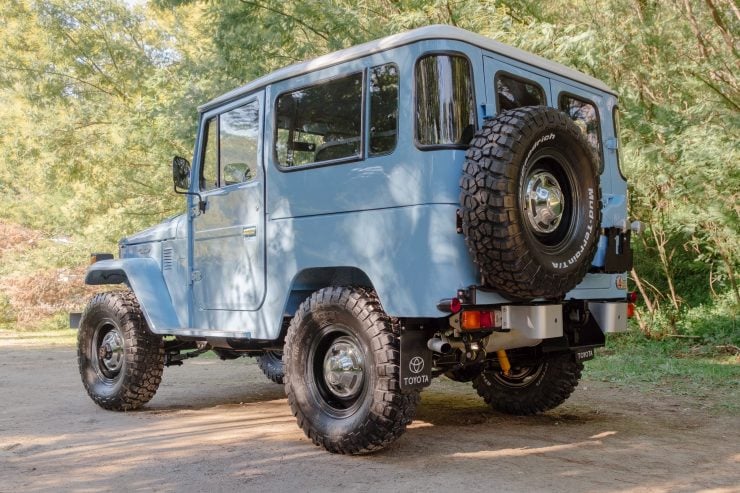
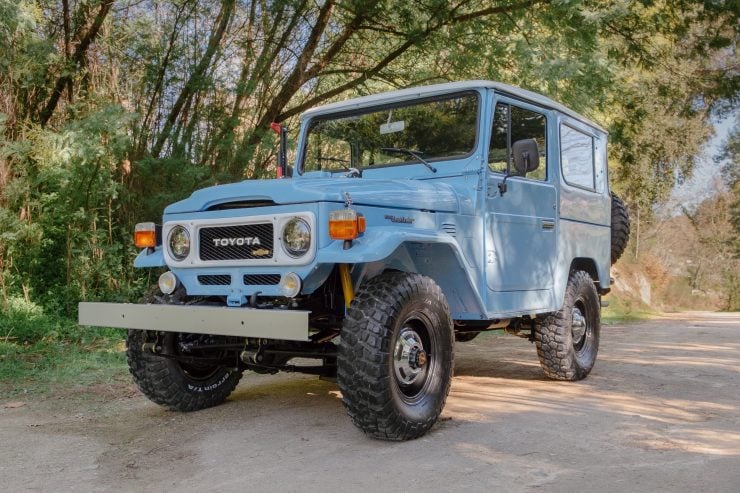
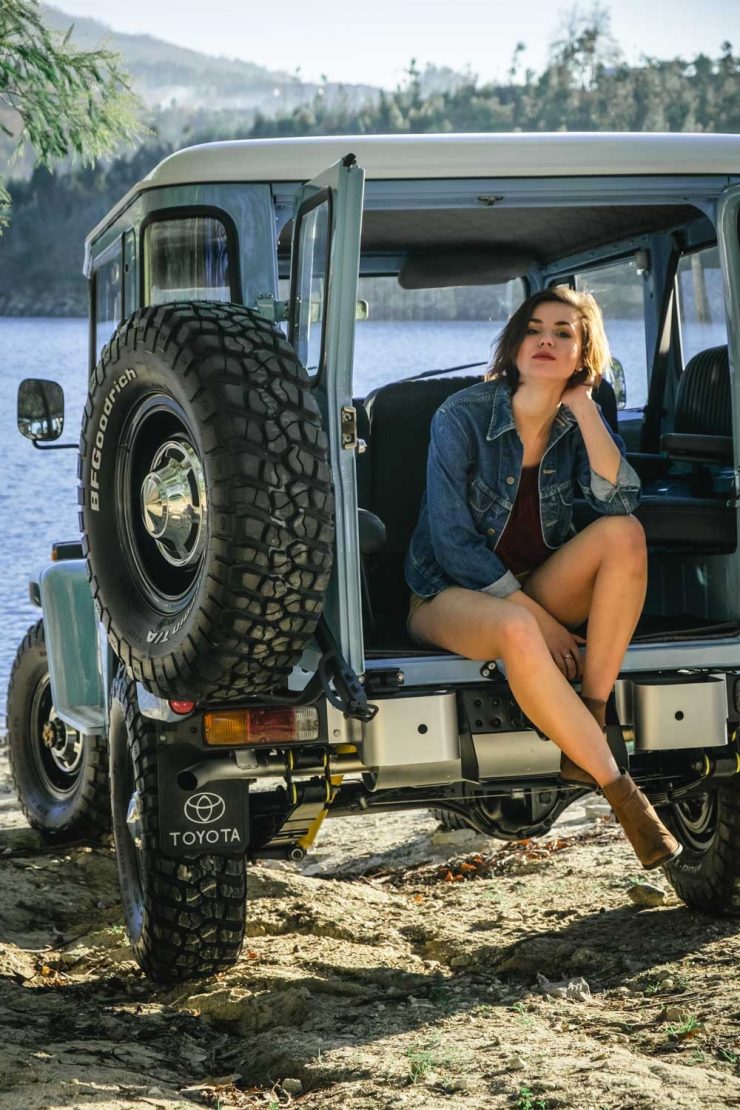
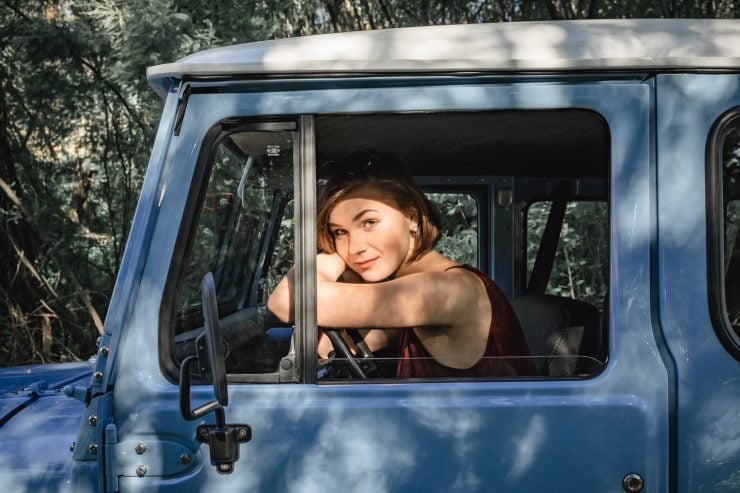
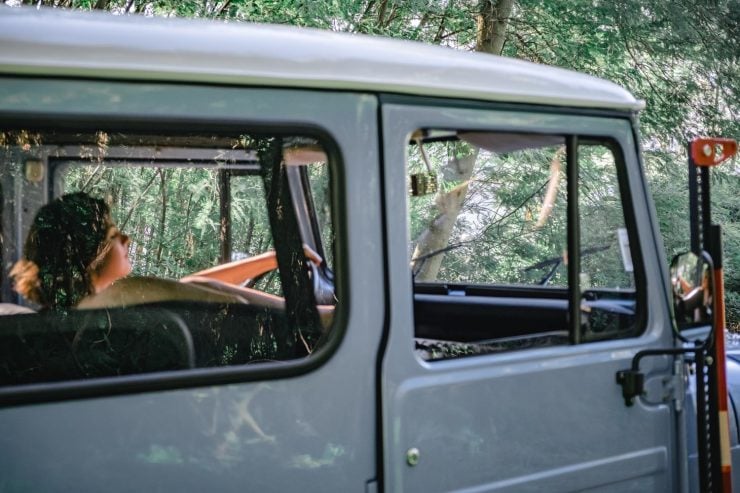
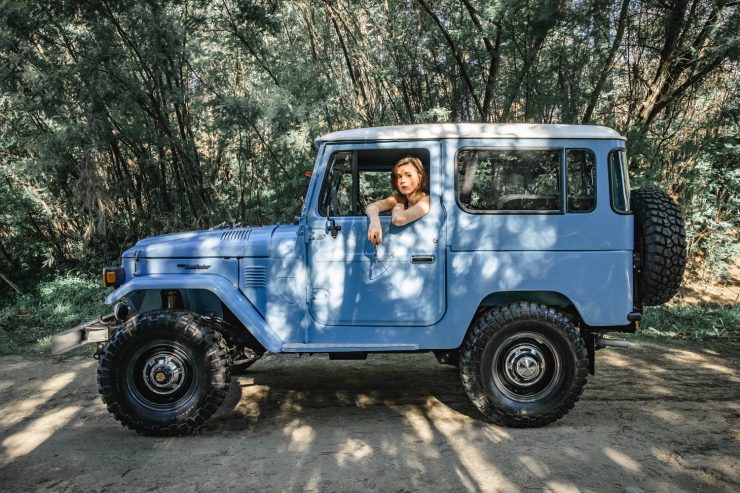
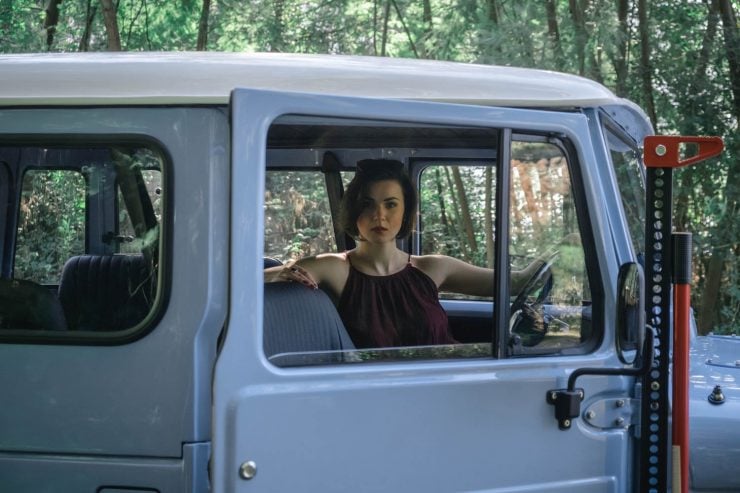
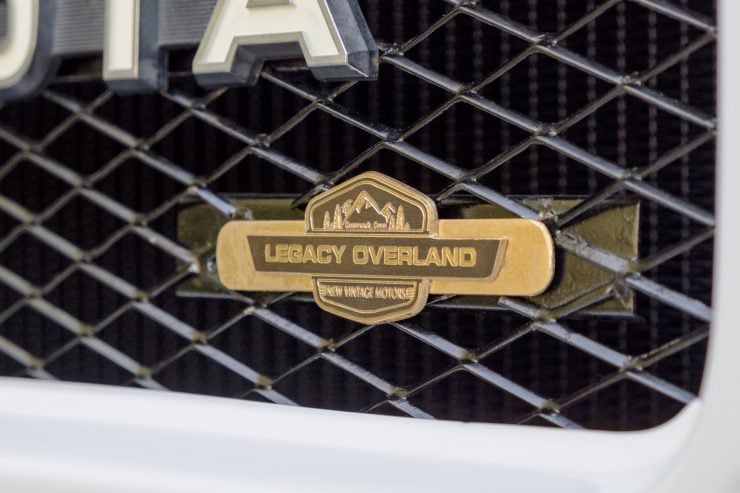
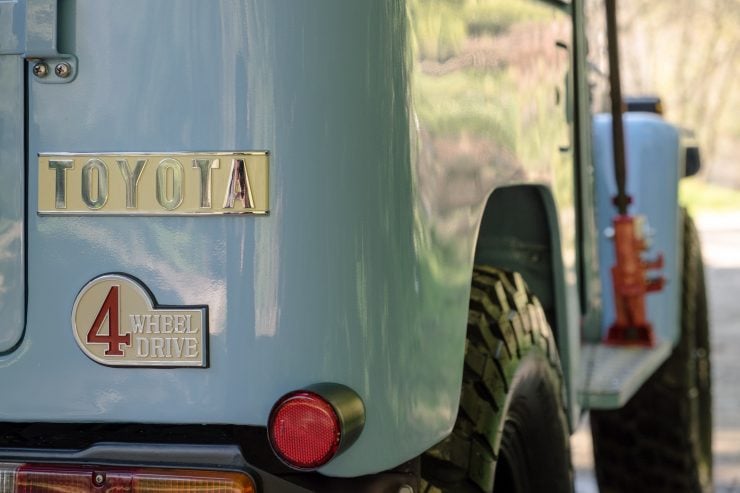
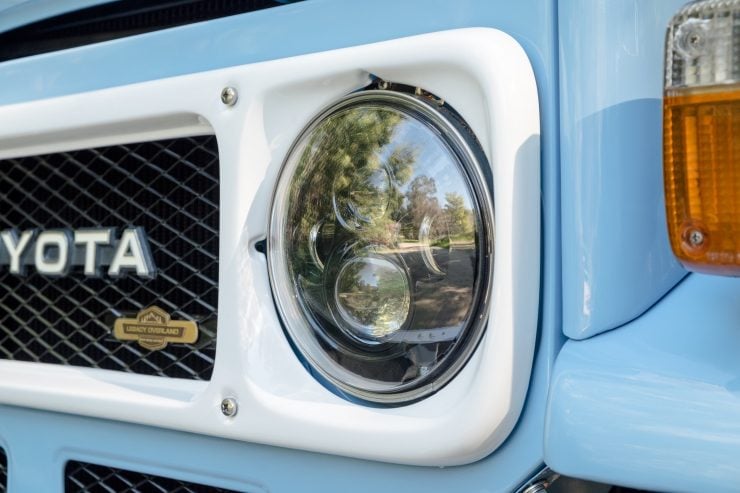
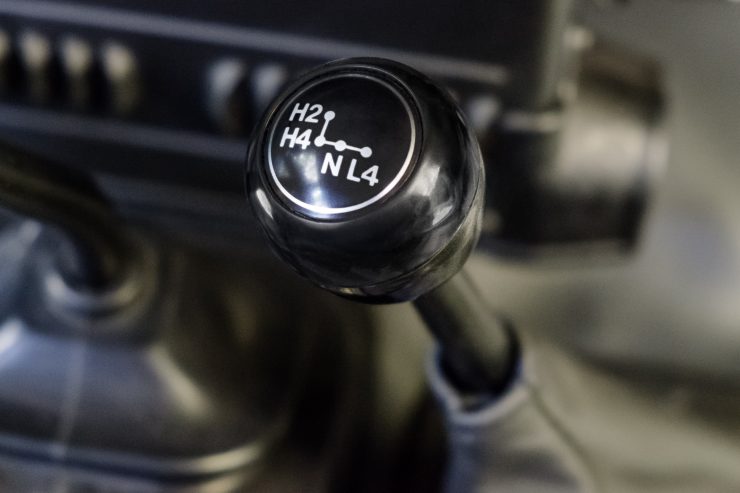

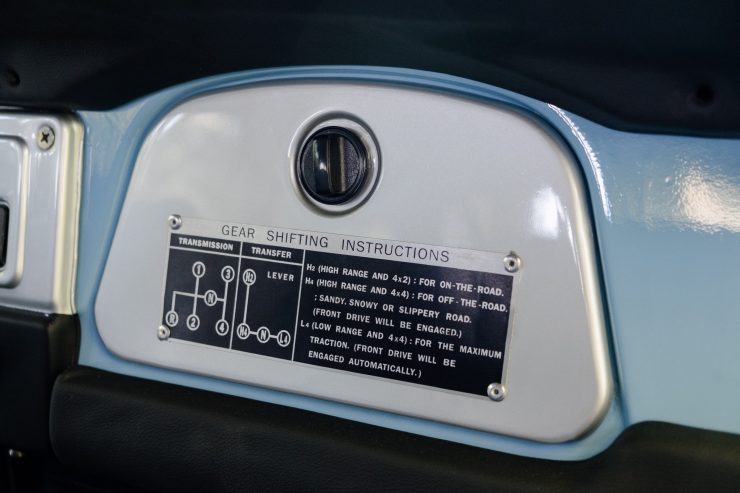
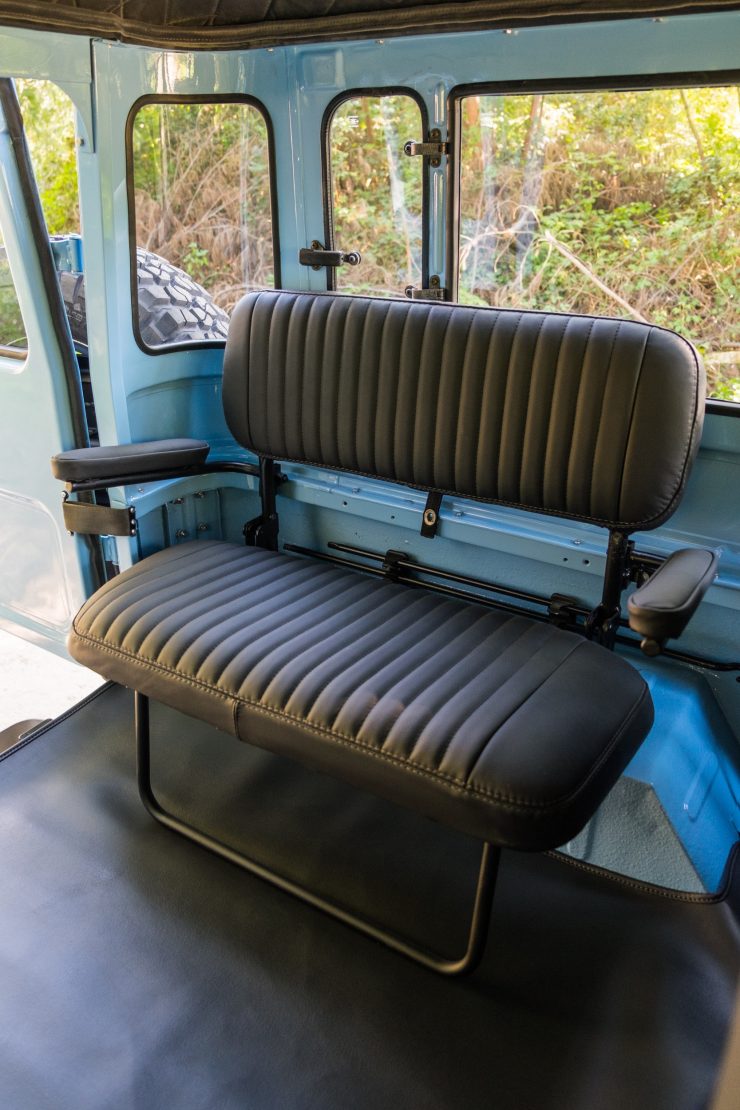
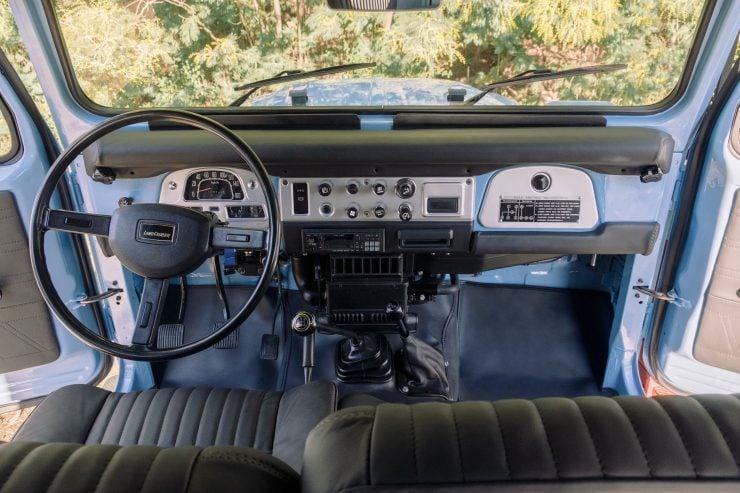
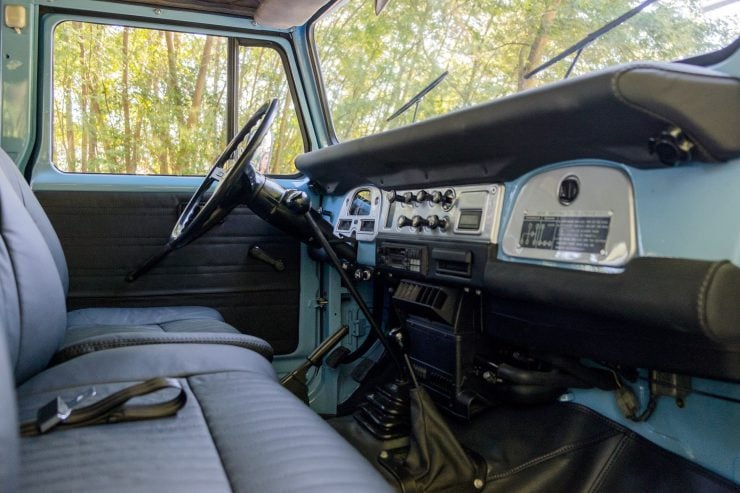
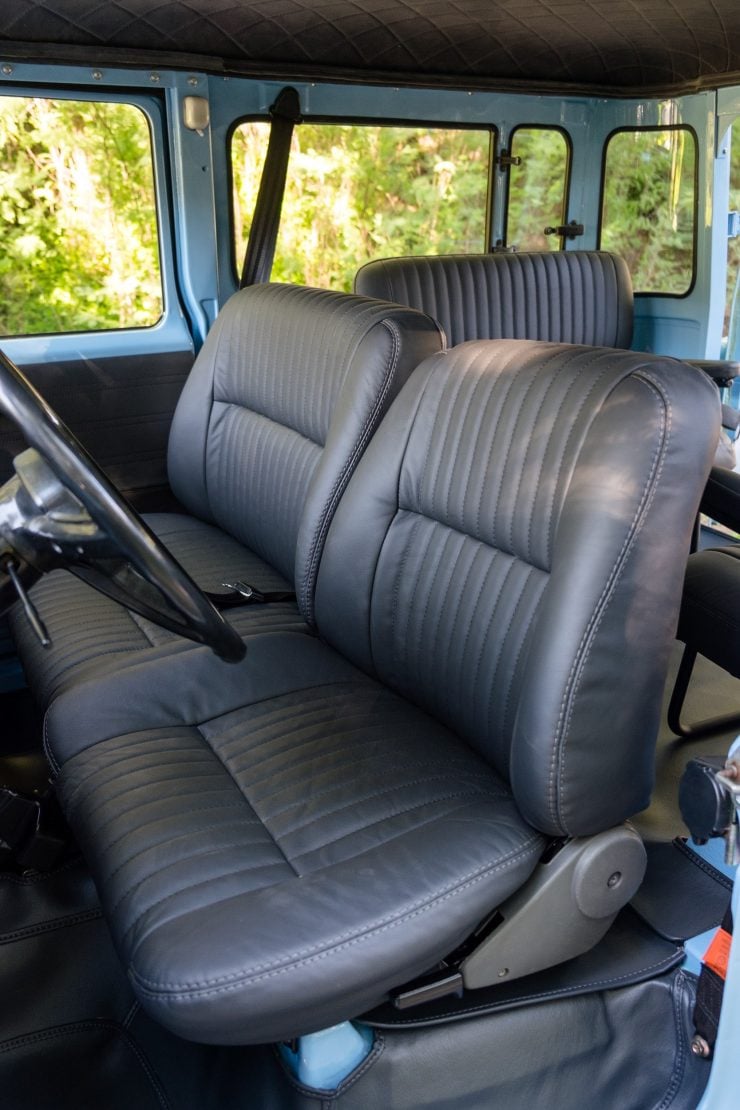
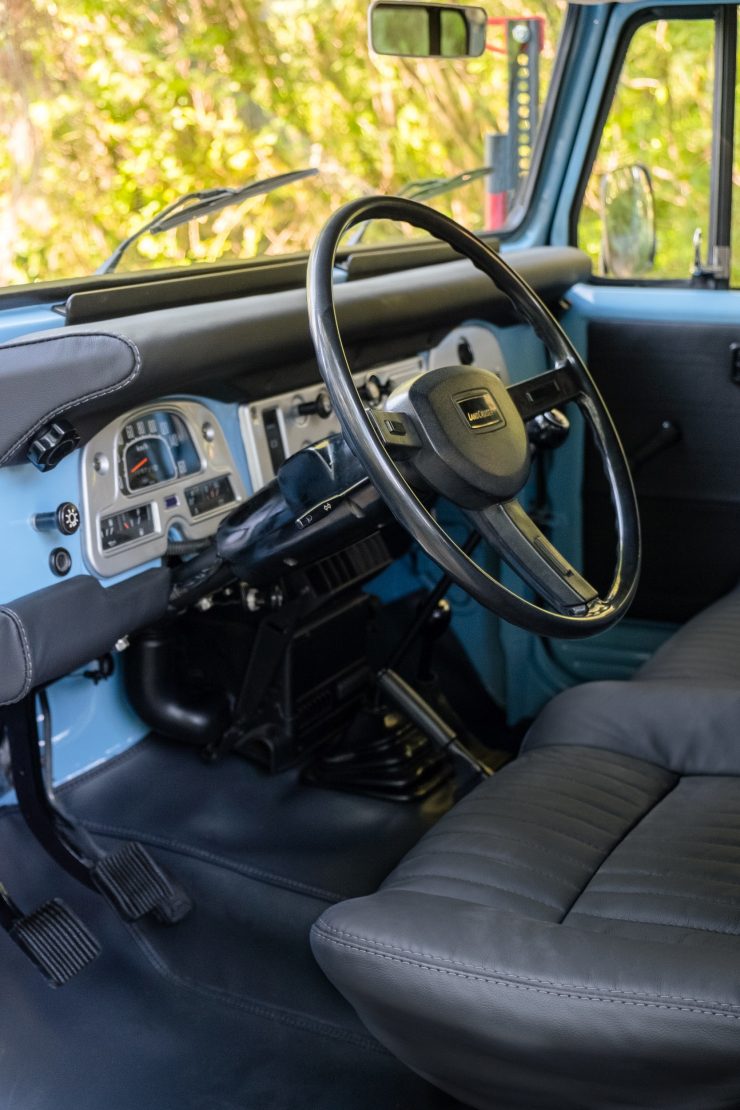

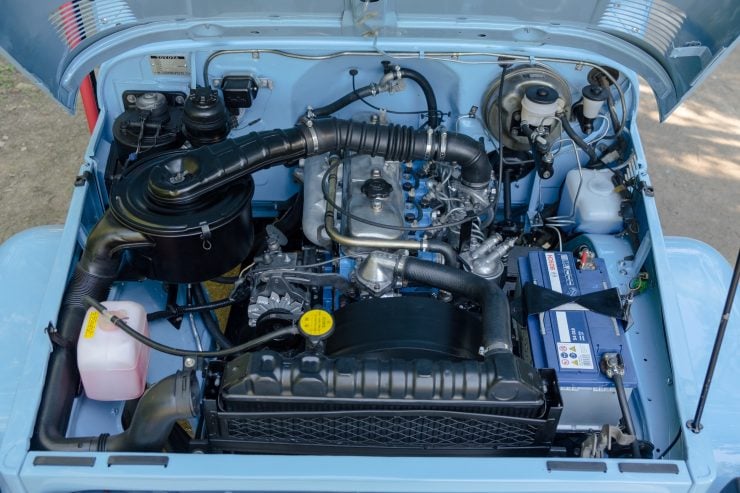
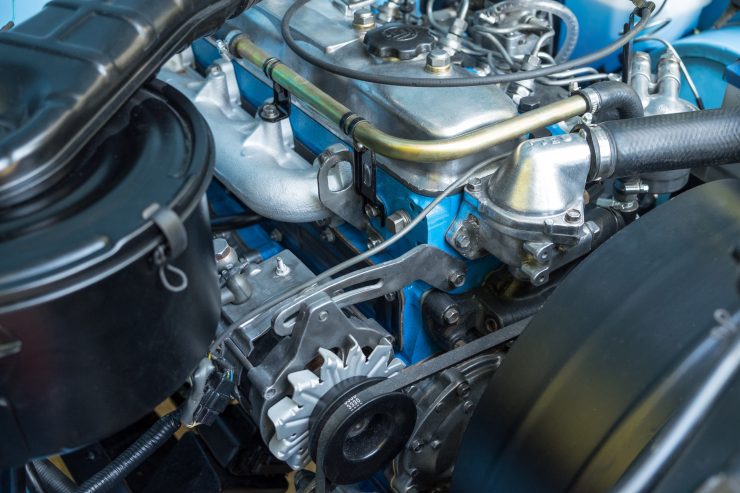

Articles that Ben has written have been covered on CNN, Popular Mechanics, Smithsonian Magazine, Road & Track Magazine, the official Pinterest blog, the official eBay Motors blog, BuzzFeed, Autoweek Magazine, Wired Magazine, Autoblog, Gear Patrol, Jalopnik, The Verge, and many more.
Silodrome was founded by Ben back in 2010, in the years since the site has grown to become a world leader in the alternative and vintage motoring sector, with well over a million monthly readers from around the world and many hundreds of thousands of followers on social media.

